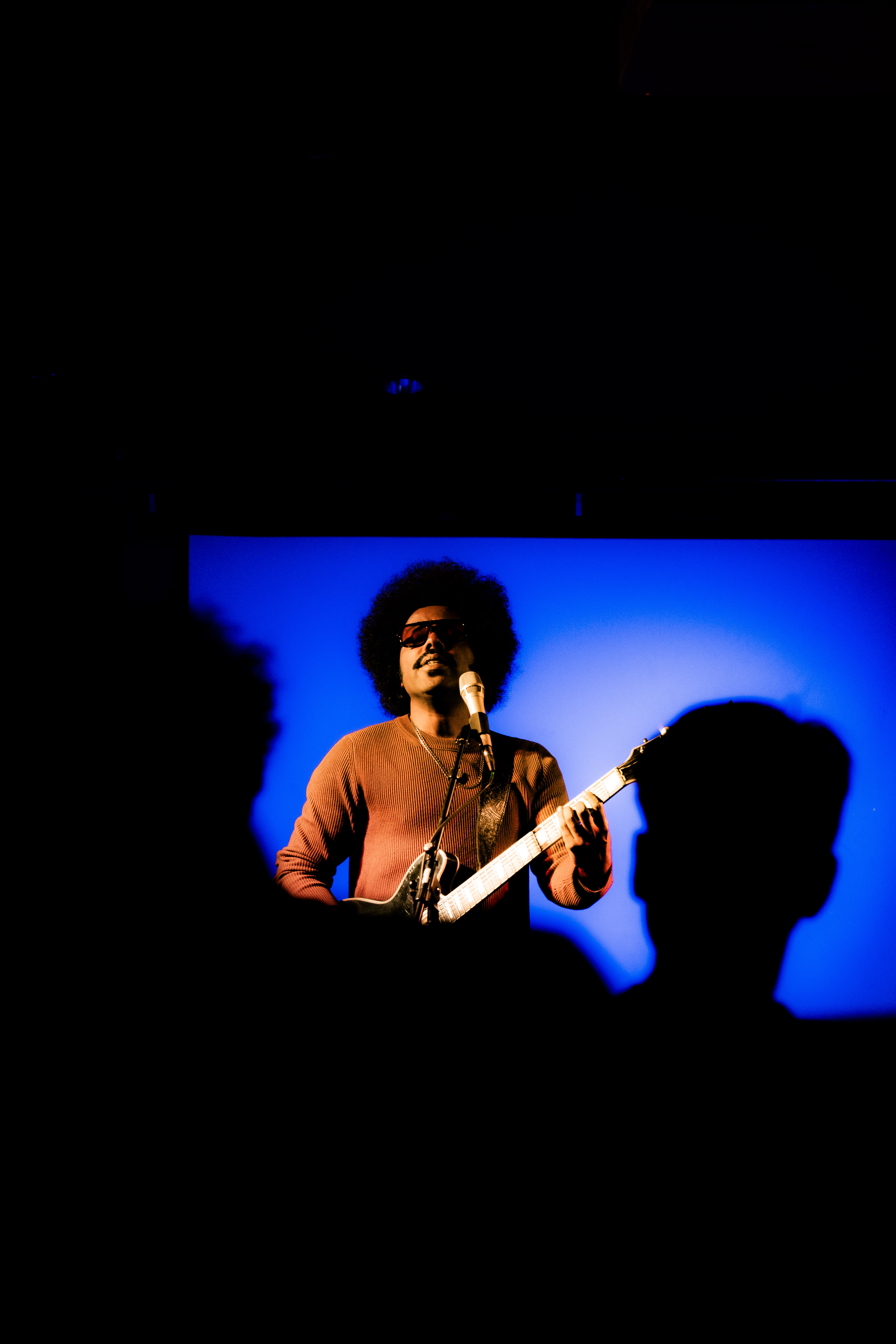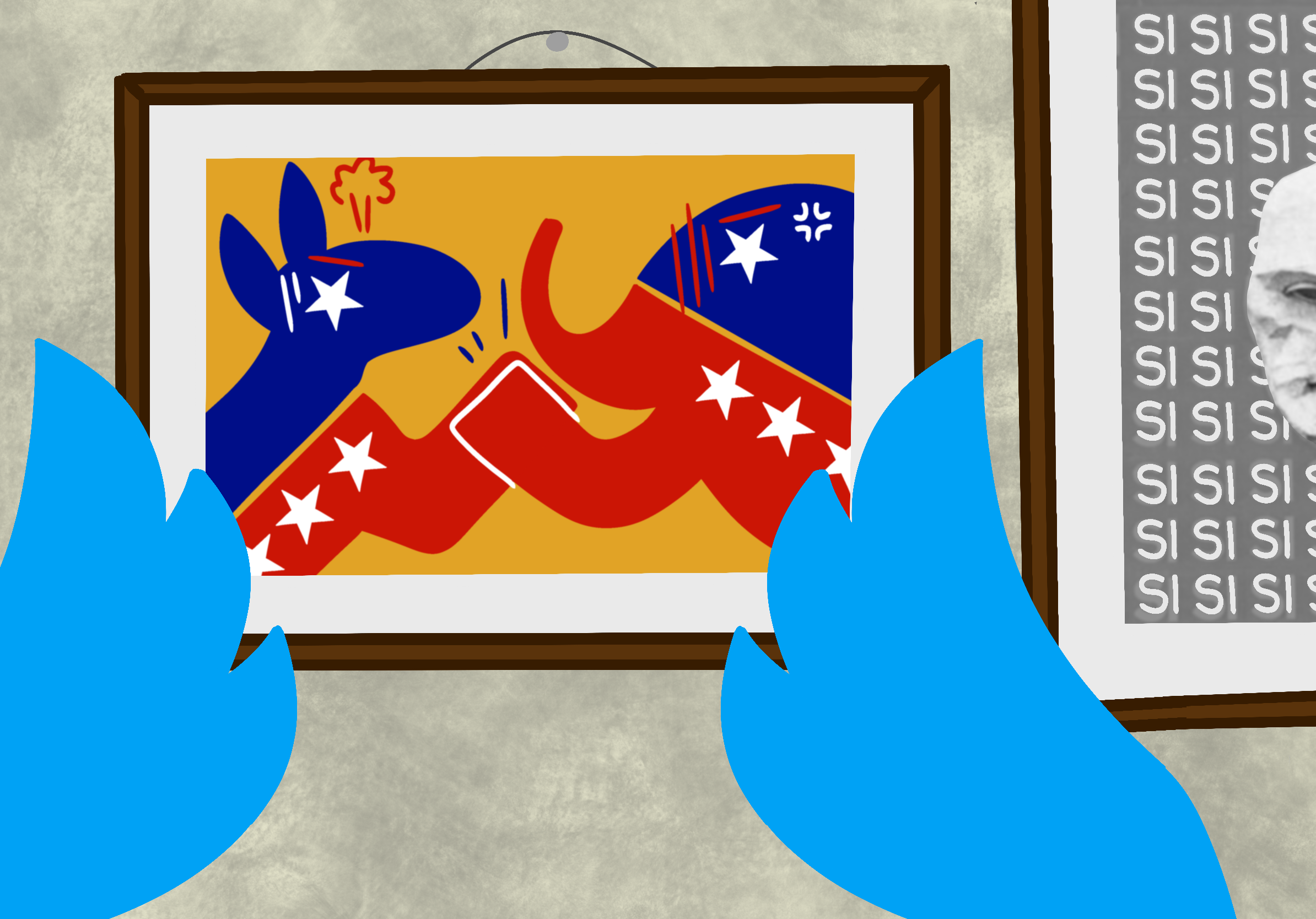
I have, admittedly, always held a fascination with "The News", as broad a term as it is. My focus and interest has always been centered around politics, but "current events" of all kinds has always been enough to grab my attention. So perhaps it's odd that I rarely browse Castanet, and even more odd that local news is the last realm of information I tend to venture into. Oddest of all, I had missed a crucial news story of the week, until a fellow reporter of mine pointed out the saga of "Mr. Chill” — the ice cream vendor who parked his car on the William R. Bennett Bridge between East and West Kelowna on January 27th, threatening to blow it up.
This has taught me to be more aware of current events.
This incident, however, left me wondering: how is crime covered in Kelowna? How is it approached and dealt with? The sensationalist story1 of someone setting their van on fire on Kelowna's largest bridge is one thing entirely. It is another thing for them to claim a conspiracy between the RCMP, Kelowna Cabs, and Hell's Angels. As such, this story has made particular headway in local news, which has since raised the question of exactly how these issues are covered in the media.
Frequency of reporting is not an issue — turn on any local news station, and every other story will cover a crime of some sort. In fact, one of the top stories2 on Castanet.com as I write this is Poilievre pledging to crack down on crime. Crime is typically one of the most-often reported topics affecting BC today, especially as Canada experiences the consequences of the opioid crisis. The issue here, of course, arises from how these topics are approached — especially in the case of the Mr. Chill incident.
Mr. Chill, as it were, released a "manifesto" explaining his actions, claiming that the local RCMP, Kelowna Cabs, "willing individuals," and Hell's Angels — a biker gang — were cooperating to "get him". He also claimed to have "60 pounds of highly volatile material."3 Mr. Chill stayed camped out on the bridge for the better part of 10 hours, from 3:45 AM to around 1:00 PM, and the bridge was reopened at 2:15 PM. The delay was brought on by the fact that Kelowna and the Okanagan do not have their own proper explosive disposal unit, and a team from Vancouver had to be brought in. They found that there were no explosive materials.
The great issue at play here is the question of "Who listens to Mr. Chill?" This man was clearly unwell, and certainly in a state of distress. He posted online prior to his parking the van that he was consuming large amounts of sugar while also having "problems with sugar that could kill him."4 To reiterate the point, he was not in his right mind.
Yet, we are talking about him. His intent was to be noticed, and he accomplished his goal in spades — there are memes about him on the r/UBCO subreddit that you can find right now.5 People know about Mr. Chill, and if you didn't before, you do now.
The danger here is that when someone parks themselves on William R. Bennett Bridge and says that they have a bomb, then that inspires others. It's a common and proven problem with mass-shooters called the "contagion effect,"6 and while it's easy to joke about someone calling themself Mr. Chill and then calling in a bomb threat, it is just as easy to forget that this can be very, very dangerous.
I have avoided the details of Mr. Chill's manifesto, and that is intentional. When major news sources cover and sensationalize people who commit crimes as a means to spread a message, then those news organizations unintentionally play directly into the hands of those that commit these crimes in the first place.
It is something that is incredibly easy to overlook, especially in a world where it's easier to just read the headlines and nothing else. Journalism as it exists should be oriented around exploring and understanding how and why events occur, not simply to pick out the most exciting and outrageous details, and to slap a quippy title on the page. While the existence of this article may itself be hypocritical, it still needs to exist to make that point to writers everywhere: be careful. It is certainly good to hold an interest in these issues, and certainly to expose and explain them, but platforming a manifesto that calls for hateful acts, no matter how amusing one might find it in the moment, does hold consequences.
1 Jussinoja, K. (2025, January 27). Ice cream truck left on Kelowna, B.C., bridge posed ‘significant’ public safety risk: RCMP. CTVNews. Source Link
2 Michaels, K. (2025, February 5). 'It's mass murder': Poilievre pledges life sentences for fentanyl traffickers. Castanet.
3 Jussinoja, K., Ice cream truck, CTVNews.
4 u/danathome. "Cops on the Bridge?" Reddit, 27 January 2025. Source Link
5 u/SaphRog. "Who yall got?" Reddit, 2 February 2025. Source Link
6 Pew, A. et al. Does Media Coverage Inspire Copy Cat Mass Shootings? National Center for Health Research. Source Link



